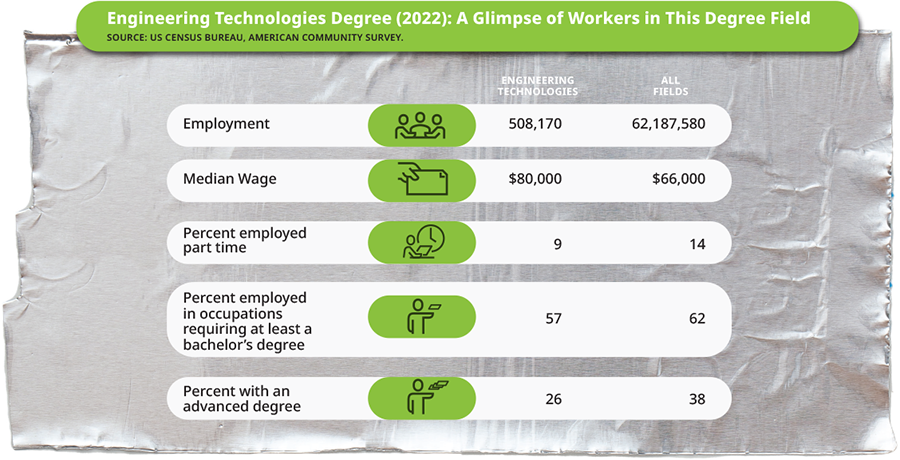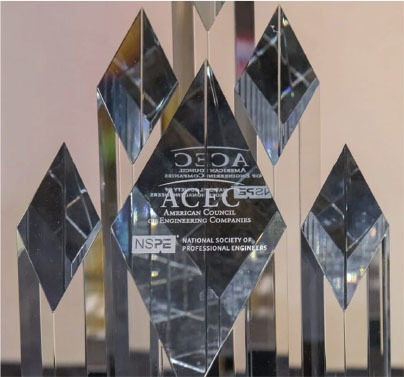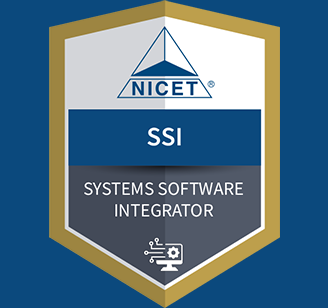March/April 2019
PE Report
Academies Call for Greater Support of Minority-Serving Colleges
To meet the nation’s demand for STEM talent, organizations and policymakers should ramp up resources to minority-serving institutions, according to a National Academies report.
The National Academies categorizes “minority-serving institutions” as primarily historically black colleges and universities and tribal colleges and universities. Currently, there are 700 two- and four-year minority serving institutions, which educate about 30% of US undergraduates.
The report research committee found that seven strategies should be used to strengthen the quality of STEM education and workforce preparation within these institutions:
- Dynamic, multilevel, mission-driven leaders. Leaders should have a clear vision and a willingness to hold themselves accountable for committing the necessary capital, educational resources, and services to meet the needs of their student body.
- Institutional responsiveness to meet students where they are. Minority-serving institutions (MSIs) include a high percentage of low-income and nontraditional students. Many self-finance their education and attend school part-time while also working and supporting families. Institutions need to implement policies and practices that support students who may need additional academic, financial, and social support and flexibility.
- Supportive campus environments. A welcoming campus climate that supports a sense of community and an equity-oriented culture that contributes to academic attainment and professional commitment.
- Tailored academic and social supports. Intentional policies and holistic supports, such as Summer Bridge programs and supplemental instruction, help guide students through higher education.
- Mentorship and sponsorship. Strong mentorship is frequently cited in research literature as key to student success at MSIs.
- Availability of undergraduate research experiences. These experiences are important for students who seek to enter graduate programs and professional fields.
- Mutually beneficial public- and private-sector partnerships. These collaborations can provide alternative funding mechanisms and research opportunities for students.
Access the report Minority Serving Institutions: America’s Underutilized Resource for Strengthening the STEM Workforce at www.nap.edu.


 Volunteering at NSPE is a great opportunity to grow your professional network and connect with other leaders in the field.
Volunteering at NSPE is a great opportunity to grow your professional network and connect with other leaders in the field. The National Society of Professional Engineers (NSPE) encourages you to explore the resources to cast your vote on election day:
The National Society of Professional Engineers (NSPE) encourages you to explore the resources to cast your vote on election day:










